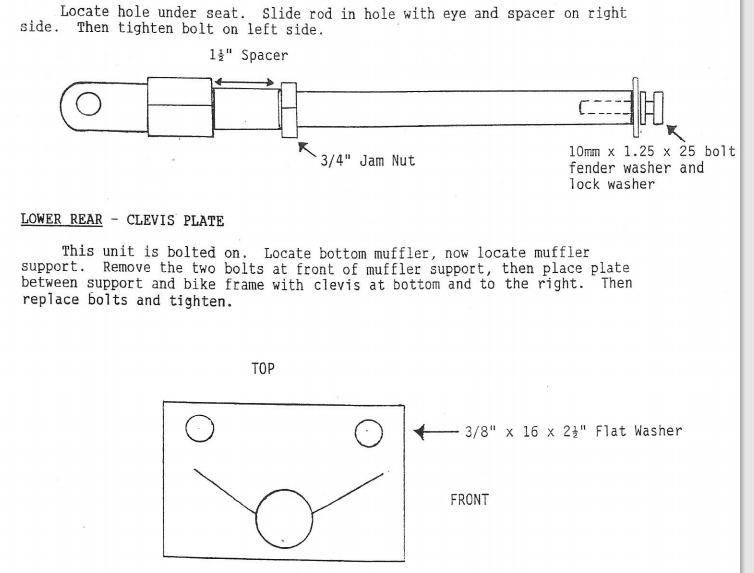How To Use Lock Washers Diagram

An ordinary nut with an ordinary washer used to fasten a bolt on something that is subject to repetitive vibration say a wheel axle or engine accessory would eventually vibrate loose.
How to use lock washers diagram. This will depend on the type of connection being. They work best on small screws or screws used in electrical grounding. Corrosion electrochemical corrosionor rust is a major cause of failure in metal fasteners. Use a split lock on a small low intensity job since bigger loads will flatten the washer and make it useless.
At this point the sharp edges of the washer are supposed to dig into the nut and mounting surface to prevent counter clockwise rotation. I have seen it done a million times that way but it seems the flat washer defeats the purpose of the lock washer. Hopefully these will be color coded. Lock washers for example help prevent accidental loosening of the bolt.
Lock washers when tightened to the required torque beneath an ordinary. Helical spring lock washers are the most common form of lock washer and are best suited to applications with smaller loads. This post gives you the answer and explains why this lock washer flat washer placement is best. Those in support of the use of both lock washers and flat washers put forward these arguments.
Step 1 determine the correct size and type of bolt nut and washer for your application. Instead of using grooves it operates more like a spring holding the threaded fastener in place with friction. Internal use lock washers have teeth made to bite into the nut screw head and surface it contacts. High collar lock washers are a kind of split washer.
Flat washers are useful when used as a barrier in between lock washers and materials made of metals which are susceptible to rust. F you are one of many americans who always finds themselves wondering which washer should be inserted before the other when using lock and flat washers you are not alone. Lock washers and lock nuts prevent this from happening. In theory split washers aka lock washers or helical spring washers are supposed to work by squishing flat between the nut and the mounting surface when you tighten them.
Examine your washer s tech sheet to determine which wires to cut. Scan the included wiring diagram until you find the wires labelled lid switch and lock switch the majority of washing machine lid lock switches are powered by 3 or 4 wires each of which performs a different function. A split lock washer also known as a helical spring washer is the most common form of lock washer.














































